From the eighteenth century onwards, the future was considered as open, uncertain and constructible – the way we tend to perceive the future today. In contrast, early modern Europeans believed that the future was beyond the control of man. The aim of this project is to challenge such grand narratives on past futures, which are generally highly linear and focused on modernity, have a fuzzy chronology and thin empirical base, biased by learned text. Moreover, these hypotheses fail to do justice to the presence and interplay of various (multi)temporalities and do not link future expectations to the concrete actions of men and women in the past. Most historians simply ignore the topic, since past futures are extremely hard to find in the written record. Hence, they focus on the actions of men and women in the past rather than their motivations.
To gain more insight in how people in the past thought about the future and how this affected their actions, this project draws on a highly innovative combination of close and distant reading methods of more than 15,000 letters written in (varieties of) Italian, German, French, Dutch and English by and to European merchants in the period 1400-1830. These practical documents enable us to reconstruct different types of future thinking of these merchants and to assess how these thoughts powered their actual behaviour. Better still, they also shed light on the future expectations of their non-merchant correspondents: their wives, children and other family members, clerks, clergy, nobles, craftsmen, etc. A comparative analysis of the letters from these different social groups, written in several languages, in a variety of European regions and during distinct moments, allows us to identify the impact/speed of potential agents of change that loom large in the literature (capitalism, the Reformation, probability calculus, and the Enlightenment) more carefully. With this methodology, we will be able to provide fine-grained explanations.
1. Merchant letters in English (15-19th centuries)
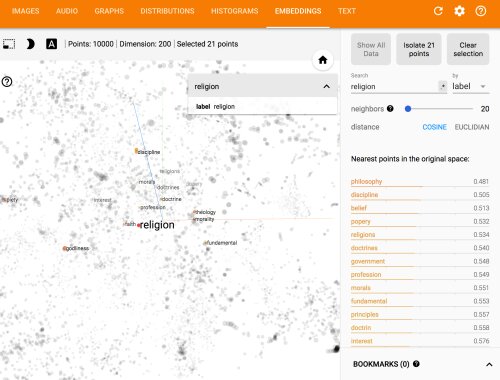
Sara Budts is in charge of the English merchant letters. From a chronological point of view, the English corpus is the most diverse of all case studies. It includes at least one set of letters for each century, reaching from the Cely series (15th century) over the Johnson and Freeman letters (16th and 17th century respectively) all the way to the Symson correspondence in the 18th century. The broad temporal range of the corpus allows for a thorough diachronic study of the merchants' perceptions of probability and risk through time as well the discursive strategies they adopted to convey these perceptions in their letters. Due to the sheer size of the corpus, the analysis will be carried out by means of linguistic techniques from the realms of both close- and distant-reading.
2. Merchant letters in Italian (14-15th century)
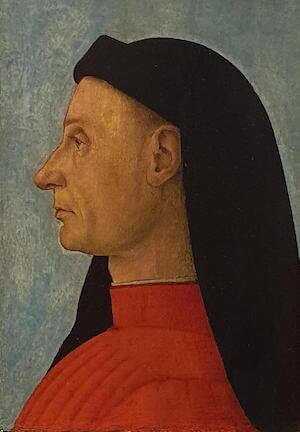
Nicolò Zennaro will focus on the Italian case study. He will define how the way of thinking about the future and the mentality of the Italian merchant changed in reaction to an epidemic shock. He will analyse the correspondence of Bindo di Gherardo Piaciti, a Florentine merchant and economic agent of Francesco di Marco Datini who experienced and recorded the plague epidemic spread in 1400 in Venice. Bindo lived in the city of Saint Mark from 1389 to 1411 and traded with the main Italian and Mediterranean markets through a network formed by both collaborators and his brothers: Domenico, Francesco, Niccolò and Tommaso. The research will analyse the structure of this commercial network before and after the plague to establish how it reacted to the pandemic crisis.
3. Merchant letters in Dutch (16th century)
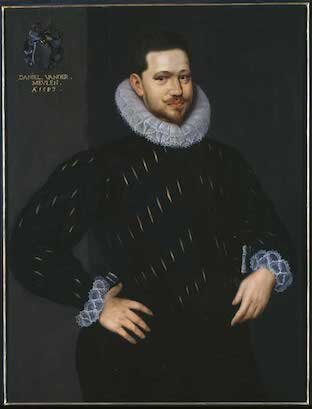
In her study, Sanne Hermans explores the manner in which the Dutch Revolt – as a political-religious crisis – influenced future thinking and action in the early modern Netherlands. Her sources consist of Dutch merchant correspondences including those of well-known Antwerp families, such as Van der Meulen, Thijs and Della Faille, some of whose members left the city during the Siege and Fall of Antwerp (1584-1585), resulting in a diaspora in the Northern provinces and various German cities. She wants to research the way these Protestants in exile communicate about the future, focusing on the extent to which nostalgic sentiments colour their image of the future and impact their plans. The topoi that emerge from these “exile letters” are compared to the future thinking and planning presented in letters written by non-migrant contemporaries.
4. Merchant letters in German (16th century)
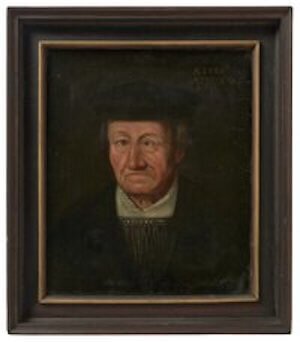
Max-Quentin Bischoff is responsible for the German case study for which he analyses the extensive letter archive of the Tucher family from the 16th century. The Tuchers were a successful family company based in Nuremberg, trading with a broad range of commodities such as saffron, cloth and metal works. The study will focus on anticipations of potentially critical situations: The many military conflicts of the time as well as epidemic outbreaks were constant threats for any long-distance trading enterprise. Merchants thus had to observe their environment very closely and consider potential catastrophes before they became reality. This raises questions such as: How were possible future developments constructed? How many different developments were deemed possible, how much control did the Tuchers think they had? And how exactly did these considerations influence their actions? (Image Licence: CC BY-NC-SA 4.0)
5. Merchant letters in French (18th century)
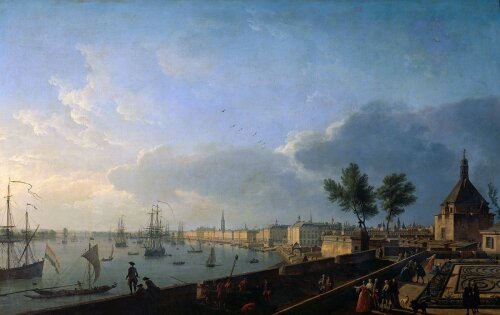
Elisabeth Heijmans analyses the perception of the future and the impact of (largely man-made risks) on merchants active in long-distance trade during the eighteenth century. She uses the letters of the Jewish merchant based in Bordeaux, Abraham Gradis, one of the best-preserved records of early modern French merchants. This major merchant house of Bordeaux was particularly active in the Atlantic trade to the colonies on the American continent during the eighteenth century. The second case study is that of the merchant house Roux based in Marseille and oriented towards the Mediterranean trade. Focusing on the eighteenth century also allow for a larger analysis of the possible influence of the Enlightenment on merchants’ perception of the future.
6. Miscellanea and synthesis
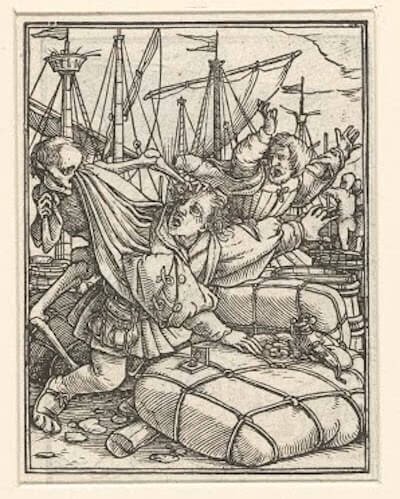
Jeroen Puttevils’ main task as the Principal Investigator of the project is to coordinate and boost the individual research projects of the different team members. He will write the synthesizing monograph. Luckily, there is also time for him to delve into merchant correspondences, spread in time and space. These include the Veckinchusen, Schilders and Musson letters. Being a merchant letters addict, he will probably also enticed to read letters from the other correspondences. He is already looking forward (pun intended) to see what the future expectations in premodern European merchant letters might reveal about the grand narratives that historians tell about the fifteenth to the eighteenth centuries.